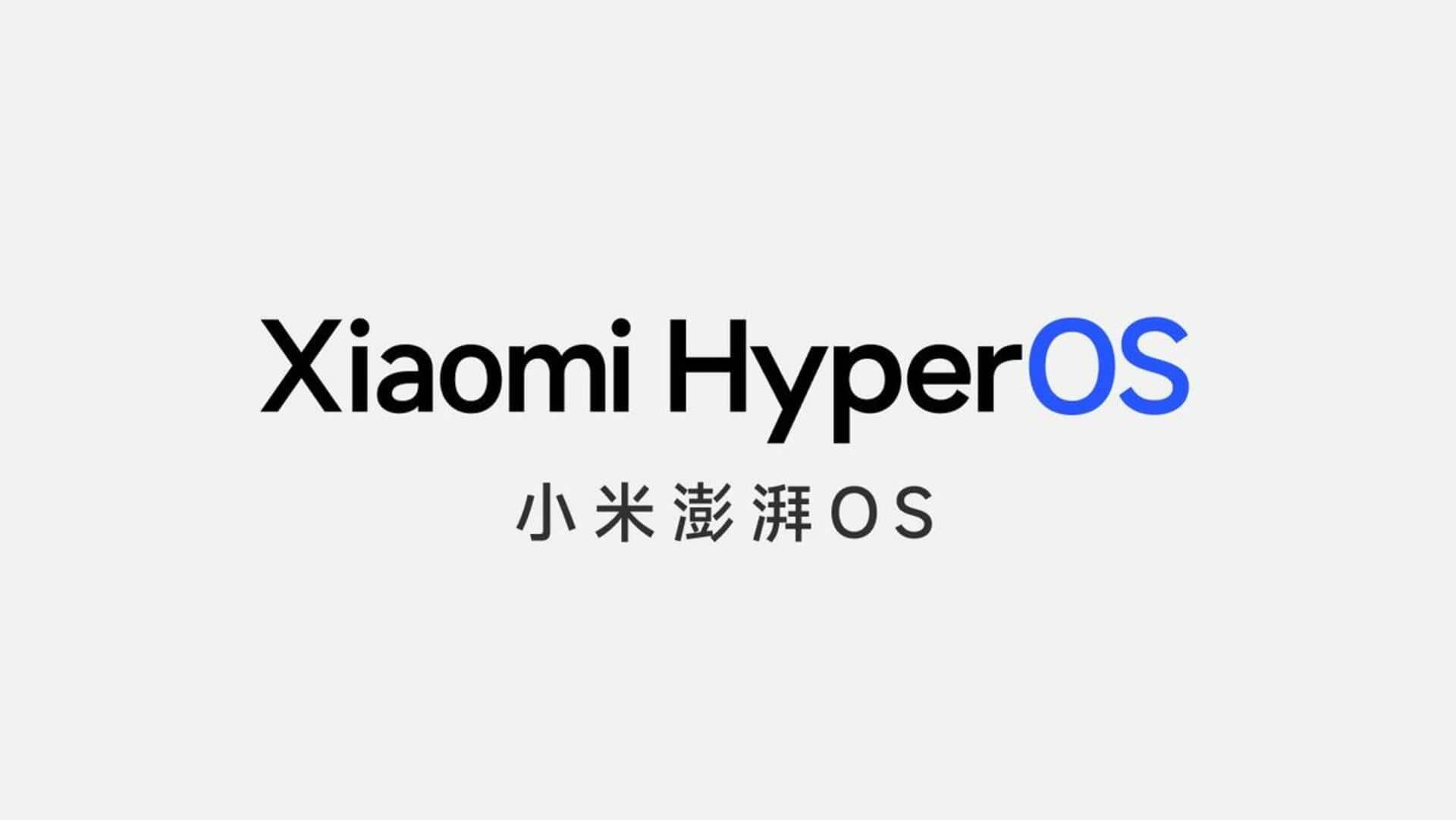
HyperOS: A sneak peek into Xiaomi's 'historic' operating system
What's the story
Xiaomi recently revealed its plans to retire its long-standing custom Android skin, MIUI, in favor of a new and innovative operating system named HyperOS. This move has been heralded as a "historic moment" in Xiaomi's timeline by the company's founder and CEO, Lei Jun. Here's an overview of what you need to know about Xiaomi's new operating system.
Details
What will HyperOS look like?
HyperOS, unlike Huawei, which created its independent OS (HarmonyOS), will not be an entirely independent software. As per Jun, it'll be "based on the integration of the deeply evolved Android and the self-developed Vela system, completely rewriting the underlying architecture, and preparing a public base for the Internet of Everything for tens of billions of devices and tens of billions of connections in the future." This implies that HyperOS will be an Android-based OS but with huge modifications and enhancements.
What Next?
What features to expect?
As of now, the details about the exact features of HyperOS remain somewhat of a mystery. The success of MIUI has been largely attributed to its extensive customization options and unique features, such as one-handed mode and Xiaomi's implementation of 'Notes.' Fans of MIUI will be hoping to see these beloved features retained in the new HyperOS. Whether HyperOS will follow a minimalistic Android approach or go for a heavily customized look is one question that only time will answer.
Twitter Post
HyperOS will offer a variety of customization options
First Look: HyperOS new walls, clocks and lockscreen customization. pic.twitter.com/o2r72g7GtB
— Rajesh Rajput (Technobuzz) (@iRaj_r) October 18, 2023
Insights
When and where will it be launched?
The debut of HyperOS is eagerly anticipated and will coincide with the launch of the Xiaomi 14 series, expected to hit the market by the end of October 2023. Xiaomi's Global VP, Alvin Tse, has also confirmed that HyperOS will not be confined to China but will be made available globally. It will roll out throughout 2024.
Insights
Perfect opportunity for Xiaomi to offer seamless experience
The shift to HyperOS represents an opportunity for Xiaomi to streamline the user experience across their various devices and create a more unified ecosystem. By using Android as a foundation, Xiaomi could make updates quicker and last longer, similar to how Google does with its recent Pixel devices. Xiaomi is known for its wide range of products, and the new operating system could potentially provide a seamless and interconnected platform for these devices.